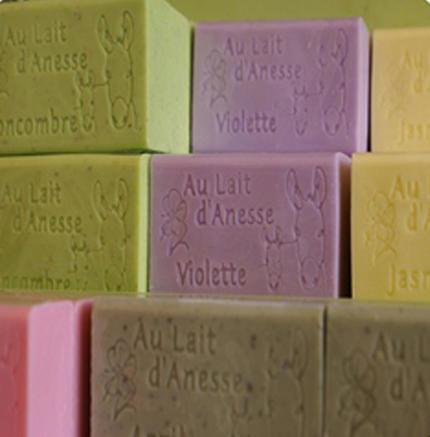
Household and personal care products cover a wide range of items and almost all require to be colour checked at some stage in their production. The colour of raw materials used in the production of these items will have a great influence on final colour. It is therefore a standard procedure in industries where colour consistency is important for these […]
Household and personal care products cover a wide range of items and almost all require to be colour checked at some stage in their production.
The colour of raw materials used in the production of these items will have a great influence on final colour. It is therefore a standard procedure in industries where colour consistency is important for these materials to be colour tested before they are accepted.
Grading techniques are widely used to assess product colour by comparison with a representative series of fixed colour standards.
For many product types, a characteristic set of standards was agreed and adopted to aid colour control and the communication of colour specifications; the result is a selection of traditional colour grading scales that have been adopted as industry standards and are still in common use today.
Your Colour Scale requirement determines your instrument choice.